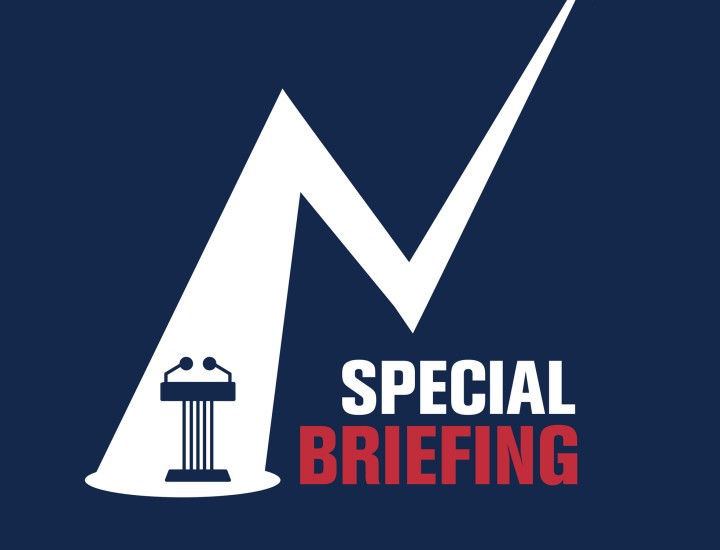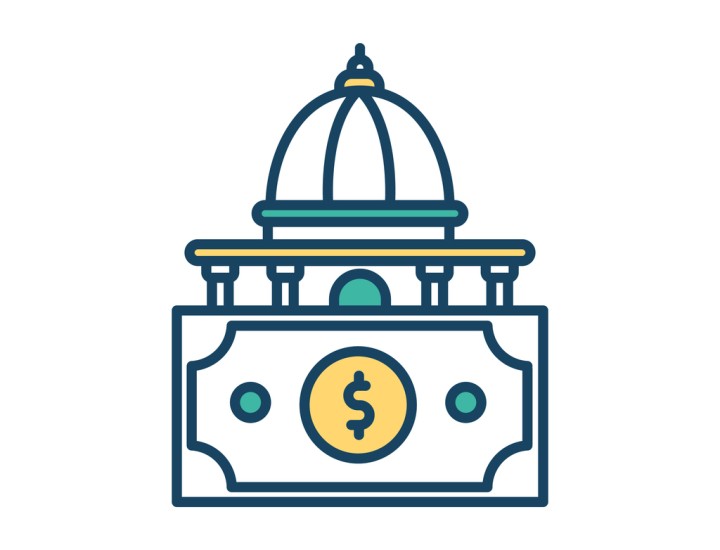How Much Does a Federal Dollar Cost the States?

This article was originally published by the Council of State Governments.
With newspapers and scholarly reports full of discussion about states and their shortages—or surpluses—of tax revenues, it would be easy to focus exclusively on the dollars brought in through sales taxes, income taxes and so on. That kind of analysis misses out on the revenue elephant in the room, though: the money that comes from the federal government.
According to the National Association of State Budget Officers, or NASBO, a little under a third of state spending is supported by the federal government. That’s a pretty hefty number, though it’s down some from the 35.5 percent figure in fiscal year 2010, when the flow of federal stimulus dollars was at its peak, according to The Council of State Governments’ calculations.
This heavy reliance on federal dollars keeps budget officers awake at night. As NASBO noted in their Fall 2016 Fiscal Survey of the States Summary, one of the biggest threats to a stable flow of cash is “increasing federal uncertainty, particularly concerning the prospects of tax reform and health care policy.”
Utah has recently taken steps to soften the potential blow of cuts from the federal government. It now identifies the federal dollars that are contingent on annual renewals. “They should be used and spent like a windfall,” said Jonathan Ball, the Utah legislative fiscal analyst. “That’s the first step in managing volatility.” Once dollars are identified as potential one-time influxes of cash, “we said to the agencies, if you’re going to accept federal funds that exceed the amount in the funding bill, then we’re going to reduce the state funding by that amount,” he added. Potential volatility isn’t the only reason why states can’t think of funding from Washington, D.C., as “free money.”
“Overreliance on federal funding comes with conditions on how to spend, what eligible populations you must cover and how to operate the programs,” said Jason Turner, executive director of the Secretaries’ Innovation Group, a network of state human service and workforce secretaries.
Turner also voiced concern that states may be less inclined to carefully prioritize spending when they’re getting 100 percent of the funding from the feds. “States do better at prioritizing eligible populations, delivery systems and outcomes they want to achieve when they’re sharing the fiscal responsibilities with the federal government,” he said.
Historically, federal dollars are siphoned to the states in one of two ways: as allocations contained in the annual federal budget and as block grants, which promise a sum of money to support a given service. The Trump administration seems intent on shifting the balance between the two in favor of block grants for various areas—most notably Medicaid.
The benefit of block grants is that they give the states a fair amount of flexibility in how they spend those dollars. They are largely free from the kinds of conditions the feds may require for allocations from the annual federal budget and that can seem extremely appealing to states. A number of years ago, when then-Speaker Newt Gingrich was advancing the case for block grants at a National League of Cities conference, the audience was so pleased with the tradeoff of potentially fewer dollars for more control that many rose up and cheered.
Of course, some would argue that there’s already ample ability for states to be flexible with their Medicaid programs, simply by applying to the federal government for a waiver to current rules. But there is no guarantee waivers will be approved, and when they are the process can take years.
As Wisconsin state Rep. John Nygren recalled, “We had a lot of problems with lost and stolen food stamps. We were going to put people’s photos on their card. The average person lost like seven a year. That had to go for a waiver, and the waiver was rejected.”
Ultimately, even if block grants can create flexibility, that has to be weighed against the fiscal issues. Often, block grants are set at a given level, which can remain unchanged for years, regardless of the states’ growing costs. That’s certainly been the case in the past. According to a 2016 paper by the Center on Budget and Policy Priorities, or CBPP, that examined several decades of budget data, funding for housing, health and social service block grants has fallen significantly over time. According to the paper’s authors, “These data provide a cautionary tale for proposals to merge large numbers of additional programs—especially programs serving families and individuals who are low income or otherwise vulnerable—into block grants …”
In the case of Medicaid, it seems likely that a block grant program might be structured to respond to growth in the recipient population, so that more Medicaid enrollees would translate into a larger grant. Fair enough, so far. But, according to Judith Solomon, vice president for health policy at the CBPP, it likely wouldn’t take into account the inflation in the costs of health care, which has stubbornly remained at the top of many budget officers’ lists of sleep-depriving challenges.
“The more health care costs rise, the more drugs are introduced, all of those things,” wouldn’t lead to increased grants from the federal government, said Solomon. As a result, there’d be a “cost shift and the states would have to figure out how to deal with that,” she said.


